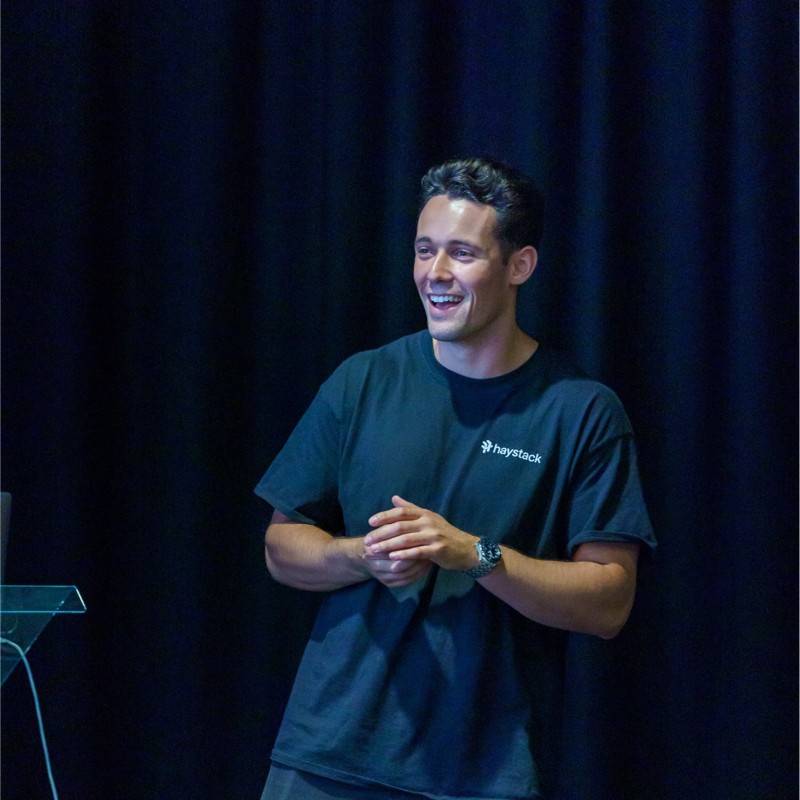
1) Pause for 48 hours
First instinct: open the CV and fire off applications. Better plan: breathe.
- Name what you’re feeling. Anger, relief, embarrassment - naming it takes the sting out.
- Tell one trusted person. Friend, partner, mentor.
- Log off LinkedIn for two days. Doom-scrolling layoffs will spike anxiety.
- Mini-exercise: write your top three worries on a note. Seeing them in black and white shrinks them.
Also relevant outside tech: same play. Give your brain a beat before you take action.
2) Do the one-hour safety check
Protect future-you with a short admin sprint.
- Read your exit letter (holiday pay, RSUs/vests, outplacement coaching).
- Know your rights (UK):
- Redundancy rights & consultation: https://www.gov.uk/redundancy-your-rights
- Advice & redundancy pay (Acas): https://www.acas.org.uk/redundancy
- If your employer is insolvent: https://claim.redundancy-payments.service.gov.uk/
- If money is tight (UK):
- Universal Credit: https://www.gov.uk/universal-credit/how-to-claim
- New Style JSA: https://www.gov.uk/guidance/new-style-jobseekers-allowance
- Citizens Advice: https://www.citizensadvice.org.uk/work/redundancy/
- Cancel “set-and-forget” subscriptions for a month and sketch a lean budget.
Outside the UK: search your government site for “redundancy rights” (or “severance rights” in US).
3) Re-establish a daily rhythm
After a few unstructured days, anxiety creeps in. Give yourself light structure and keep consistent start/finish times.
- 09:30–11:30: skill sprint (course, coding kata, system-design drills)
- 11:30–12:00: job-search admin (applications, follow-ups)
- 12:00–13:00: lunch + walk
- 13:00–15:00: portfolio/side project or open source
- 15:00–17:00: networking (one call or a meet-up)
Non-tech swap-ins: Excel practice, sales call role-plays, portfolio case studies, writing samples.
4) Audit → cross-match → upgrade
Ditch the sprawling “to-learn” list. Use this loop instead:
- Audit: list languages, frameworks, cloud, and soft skills you already have.
- Cross-match: skim 20 live roles you’d genuinely apply for. Highlight repeated skills you’re missing.
- Upgrade: pick one skill and run a 4-week sprint.
Example free courses (tech):
- Kubernetes basics (interactive): https://kubernetes.io/docs/tutorials/kubernetes-basics/
- System Design Primer (GitHub): https://github.com/donnemartin/system-design-primer
5) Use AI as your copilot, not a cheat code
Where AI helps:
- Tailored CV bullets: paste the job ad, ask for bullet ideas based on your experience.
- Mock interview questions: generate role-specific behavioural and technical prompts.
- Cover-letter first drafts: get a structured draft, then rewrite in your voice.
Where it hurts:
- Coding tests: don’t outsource to AI. Screeners can tell.
- Stock answers: skip generic “Tell me about yourself” scripts.
Learn prompting (free): https://learnprompting.org
Non-tech: same guardrails. Use AI for structure and clarity, not to fabricate outcomes.
6) Refresh your public presence
Small, focused changes > full rebrands.
- GitHub/GitLab: pin 2–3 repos; add clear READMEs explaining why you chose certain designs.
- Open source: contribute on Fridays — portfolio gold and community. https://opensourcefriday.com/
- LinkedIn: toggle “Open to Work” (recruiter-only if needed), and add a two-line summary (role focus + stack + what you want).
- Personal site/blog: post “What I learned building X” or a short teardown.
Non-tech equivalents: marketing or product case studies, sales win breakdowns, operations process improvements, writing samples, design portfolio (Figma resources: https://www.figma.com/resources/learn-design/).
7) Network without the ick
A lot of roles never hit job boards.
- Make a short list of ex-colleagues and managers at companies you rate.
- Send a clear, low-pressure note: “Hey Alex — I was caught in the downsizing at Acme. I’m exploring backend roles (Go/AWS). Up for a quick chat next week?”
- One event a week: meet-ups, AMAs, online sessions. Aim for one real conversation, not 30 card swaps.
Non-tech: same script. Swap the stack for your discipline (e.g., CRM, channel, region, function).
8) Apply with precision (and track it)
Spray-and-pray burns energy. Instead, choose targeted buckets (roughly 30 roles total):
- 10 high-fit roles (your sweet spot)
- 10 reach roles (stretch on scope/stack)
- 10 safety roles (solid culture, slightly lower bar)
Track applications in a simple sheet or use a template:
- Notion job-application tracker:
9) Treat interviews like product milestones
- Discovery call → user research: clarify scope, success metrics, and the problem behind the role.
- Technical round → demo: show how you’d solve their problem, not a generic puzzle.
- Culture chat → positioning: explain how you work best and what energises you.
- Follow-up → release notes: short thank-you, one or two specifics you enjoyed.
Structure answers with STAR (Situation, Task, Action, Result):
https://capd.mit.edu/resources/the-star-method-for-behavioral-interviews/
Non-tech: identical framework.
10) Redundancy ≠ your value
Layoffs reflect balance sheets, not talent. Most hiring managers know the market’s been messy; there’s no stigma in “I was part of a wider reduction.”
If money gets tight (UK):
- Universal Credit: https://www.gov.uk/universal-credit/how-to-claim
- New Style JSA: https://www.gov.uk/guidance/new-style-jobseekers-allowance
- Citizens Advice: https://www.citizensadvice.org.uk/work/redundancy/
Outside the UK: check your national employment service or labour department for support.
Ready to explore roles?
Haystack surfaces engineering, data, product and platform roles that match your skills and flexibility preferences — minus the CV spam.
👉 Explore tech jobs on Haystack
Want to keep reading?


.svg)




.svg)

.svg)
